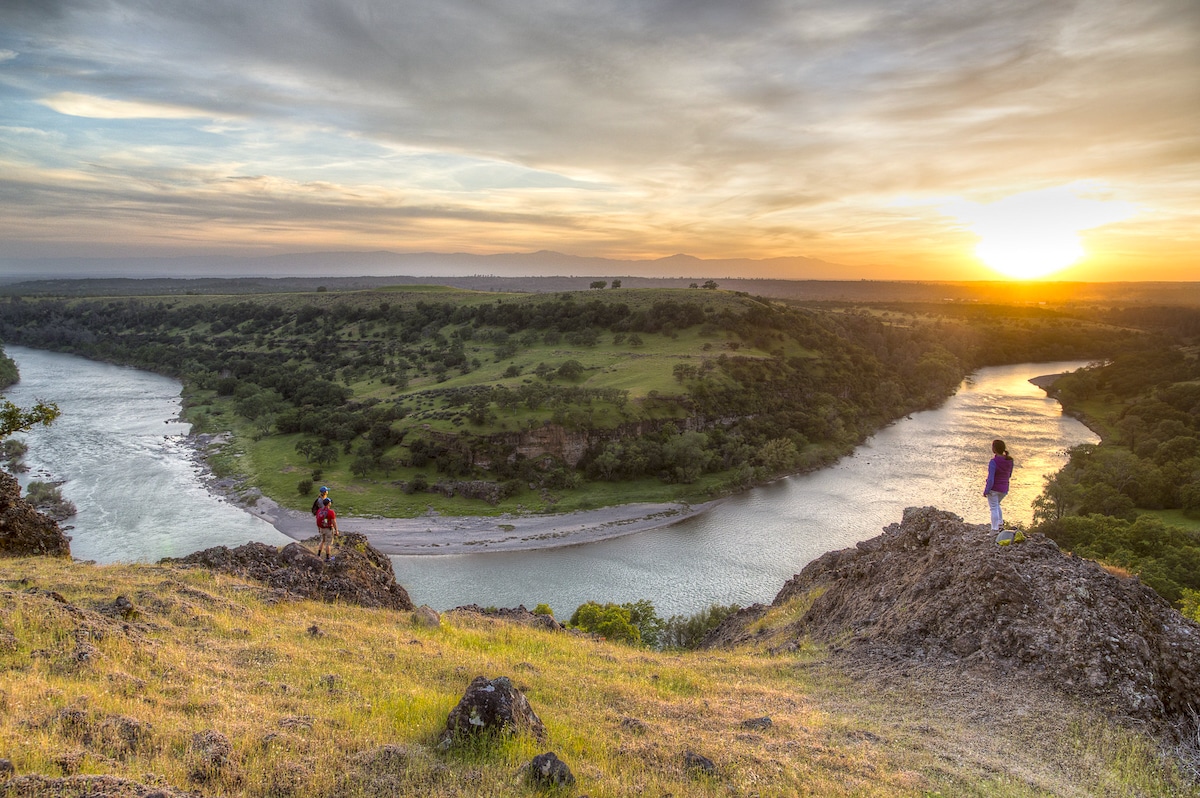Ecowatch
Biden’s Bureau of Land Management Will Offer Leasing of Public Lands for Conservation

The Sacramento River Bend Outstanding Natural Area in Red Bluff, California. Bob Wick / Bureau of Land Management

Why you can trust us
Founded in 2005 as an Ohio-based environmental newspaper, EcoWatch is a digital platform dedicated to publishing quality, science-based content on environmental issues, causes, and solutions.
The Biden administration has finalized a new rule to protect United States public lands, including offering leasing of the lands for conservation in a similar manner as it does for drilling, grazing and mining, reported Reuters.
The final Public Lands Rule will help the U.S. Bureau of Land Management (BLM) to improve and protect the resilience and health of these lands from the impacts of climate change. At the same time, the regulations will help preserve intact landscapes and essential wildlife habitat, facilitate “responsible development” and recognize natural and cultural resources, a press release from BLM said.
“As stewards of America’s public lands, the Interior Department takes seriously our role in helping bolster landscape resilience in the face of worsening climate impacts. Today’s final rule helps restore balance to our public lands as we continue using the best-available science to restore habitats, guide strategic and responsible development, and sustain our public lands for generations to come,” said Secretary of the Interior Deb Haaland in the press release.
The new rule builds on the administration’s Investing in America agenda, recognizing the intrinsic value of America’s public lands.
“America’s public lands are our national treasures,” said John Podesta, senior international climate policy advisor to the president. “[The rule] is a huge win for ensuring balance on our public lands, helping them withstand the challenges of climate change and environmental threats like invasive species, and making sure they continue to provide services to the American people for decades to come.”
It also compliments the America the Beautiful initiative — a decade-long effort to protect, restore and connect the country’s lands, waters and wildlife, led by local communities.
“Building on decades of land management experience and emphasizing the use of science and data, including Indigenous Knowledge, to guide balanced decision-making, the rule applies the existing fundamentals of land health across BLM programs, establishes restoration and mitigation leases, and clarifies practices to designate and protect Areas of Critical Environmental Concern (ACECs),” the press release said.
The rule will help ensure the BLM protects the health of public lands while managing outdoor recreation, clean energy development and other uses of these important areas.
“From the most rugged backcountry spots to popular close-to-home recreation areas, these reforms will help deliver cleaner water, healthier lands, abundant wildlife, and more recreation opportunities for all of us,” said Brenda Mallory, chair of the White House Council on Environmental Quality, in the press release.
As the world faces increasing wildfires, longer droughts and more extreme temperatures, the rule will assist the BLM with tackling changing environmental conditions.
“Our public lands provide wildlife habitat and clean water, the energy that lights our homes, the wood we build with, and the places where we make family memories,” said Director of BLM Tracy Stone-Manning in the press release. “This rule honors our obligation to current and future generations to help ensure our public lands and waters remain healthy amid growing pressures and change.”
The announcement was good news for conservation groups, who have criticized the BLM for putting its focus on development for too long, instead of protecting land health, Reuters reported.
“This rule gives the BLM the tools it needs to right these wrongs and start improving the health of our public lands,” said Kate Groetzinger, spokesperson for the Center for Western Priorities, as reported by Reuters. “It also provides tools for extractive industries to be part of the solution, rather than exacerbate the problem.”
Subscribe to get exclusive updates in our daily newsletter!
By signing up, you agree to the Terms of Use and Privacy Policy & to receive electronic communications from EcoWatch Media Group, which may include marketing promotions, advertisements and sponsored content.
Source
Disclaimer: No copyright infringement intended. All rights and credits reserved to respective owner(s).












